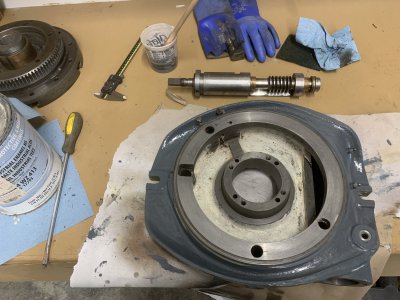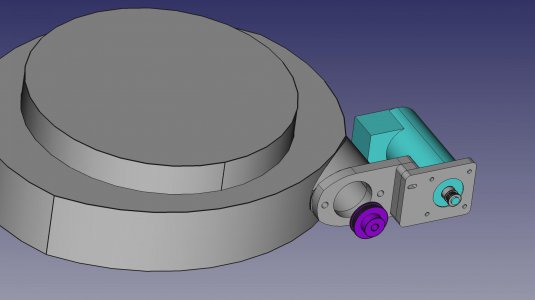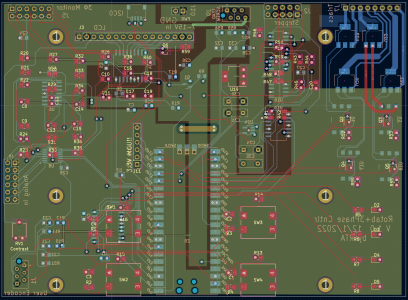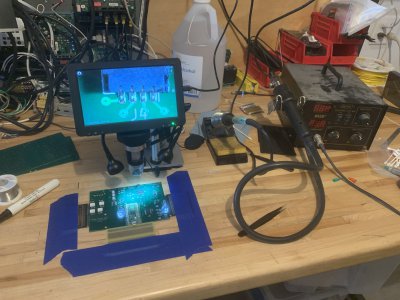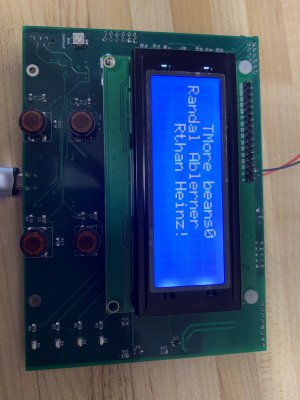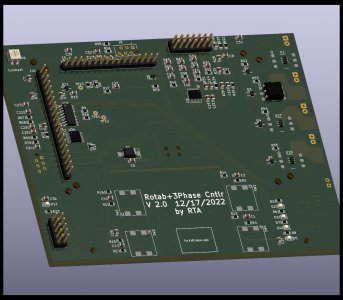- Joined
- Dec 3, 2014
- Messages
- 497
I'm just glad these newer microcontrollers are programmable in C (or Micropython, or ...). I spent a lot of time pushing assembly for older 8bit ones with limited fairly limited depth stack. A lot more painful than today's.
I got the Covid bivalent shot yesterday, plus a flu shot. Two in one day, and today I'm feeling it. So I decided to play with some CAD work on this.
I haven't had the opportunity to use the newer controllers with either C or micropython but I want to do something.
I need to get my flu shot, and the new bivalent covid booster. But I want to wait at least 3rd week of November so I'll be 4 months since my 4th shot. That should give me flu protection deeper into the winter too.
The key debounce rings a bell and is likely where I made changes


